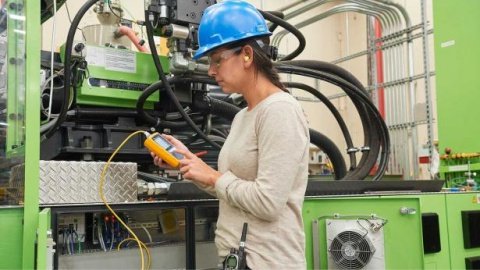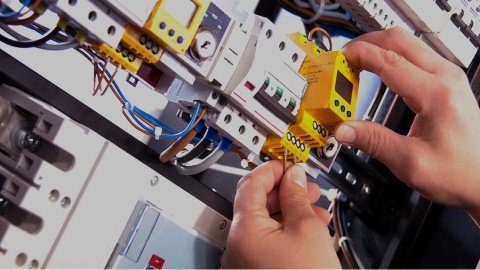Smart Electrical Installations
Benefits of the Design of Smart Electrical Installations in Industry
In the age of digitization and automation, the design of smart electrical installations has revolutionized the way industry operates. These installations go beyond conventional electrical systems, incorporating advanced technologies, such as the Internet of Things (IoT) and automation, to deliver a number of significant benefits. In this article, we will explore the many benefits that smart electrical facility design brings to industry and how they can improve efficiency, safety and sustainability.

Energy efficiency improvement
The design of smart electrical installations enables a more efficient use of energy, resulting in significant savings in operating costs. By monitoring and controlling electrical equipment and systems in real time, inefficiencies can be quickly identified and corrected, thus optimizing energy consumption. In addition, smart energy management systems enable the integration of renewable energy sources and intelligent scheduling of tasks to minimize energy consumption at peak times.

Greater safety and reliability
The design of smart electrical installations offers a higher level of safety and reliability compared to conventional systems. By continuously monitoring electrical equipment, anomalies can be detected and failures prevented before they occur. Smart safety systems, such as fire detection and surge protection systems, are also integrated into the design to ensure the safety of people and assets. In addition, responsiveness and downtime are significantly reduced, as facilities can receive predictive and scheduled maintenance based on real-time data.

Automation and smart control
The design of smart electrical installations enables automation and centralized control of electrical systems. Through the use of sensors and networked devices, real-time data is collected to monitor and control various aspects of the electrical system. This includes lighting control, energy management, temperature regulation and access control. Smart automation of electrical systems improves operational efficiency, reduces human error, and enables fast and accurate response to unexpected events or conditions.

Sustainability and environmental responsibility
The design of smart electrical installations is closely related to sustainability and environmental responsibility. By optimizing energy consumption and facilitating the integration of renewable energy sources, these facilities contribute to the reduction of carbon emissions and the responsible use of energy resources. In addition, continuous monitoring and analysis of energy data enables the identification of areas for improvement and the implementation of more sustainable practices in the operation of the facilities.

The design of smart electrical installations has transformed the industry, providing significant benefits in terms of efficiency, safety, automation and sustainability. These installations enable more efficient use of energy, ensure the safety of people and assets, improve productivity through smart automation, and promote environmental responsibility. As the industry continues to evolve into a digital future, the design of smart electrical installations has become a key factor in achieving a more efficient, safe and sustainable operation.

In short, smart electrical installations design not only boosts operational efficiency, but also enables companies to move towards a more sustainable and responsible approach. With their benefits in terms of energy efficiency, safety and reliability, smart automation and control, and environmental sustainability, these installations are at the forefront of innovation in the industry.
Comments
We are interested in your opinion, please leave us a comment